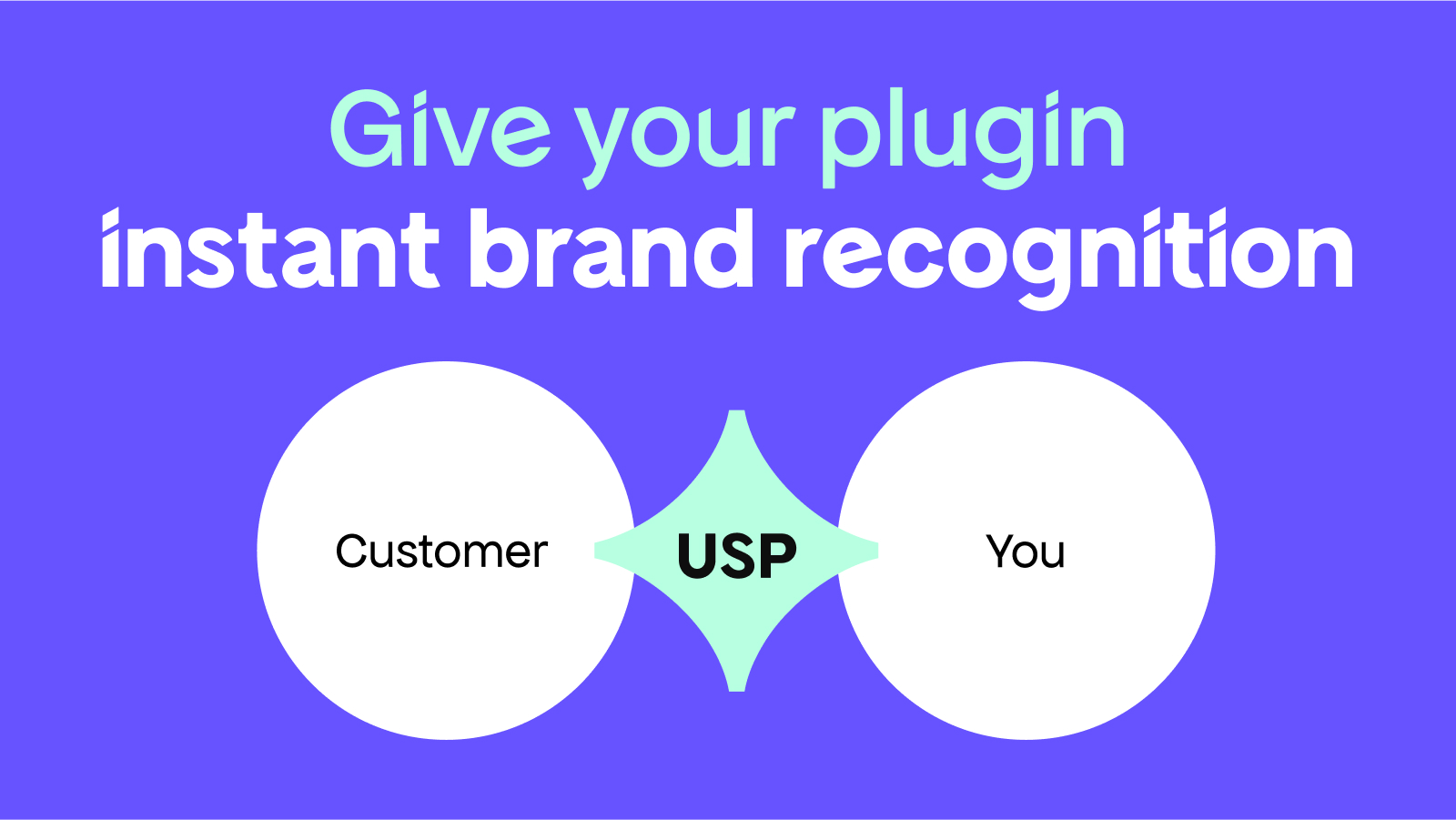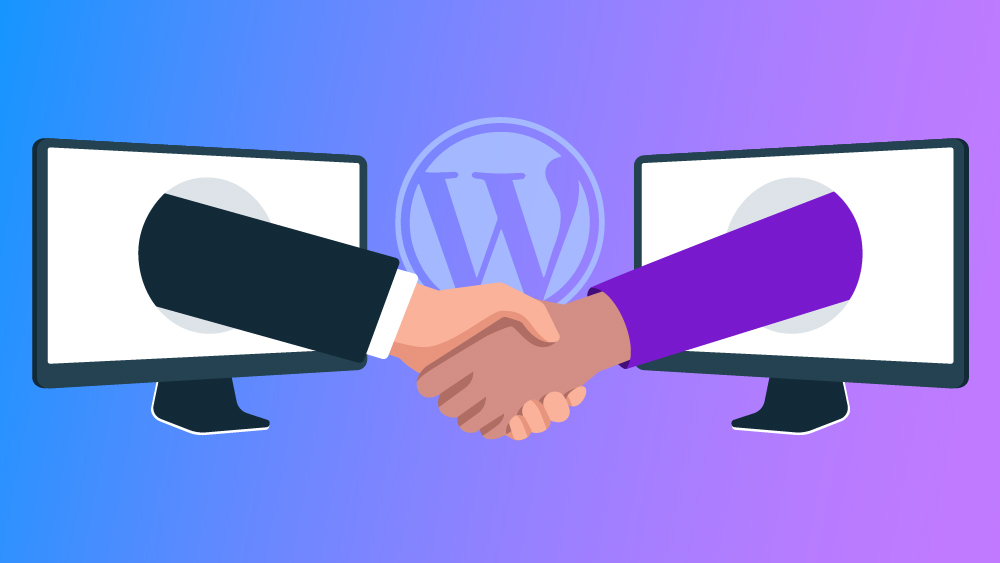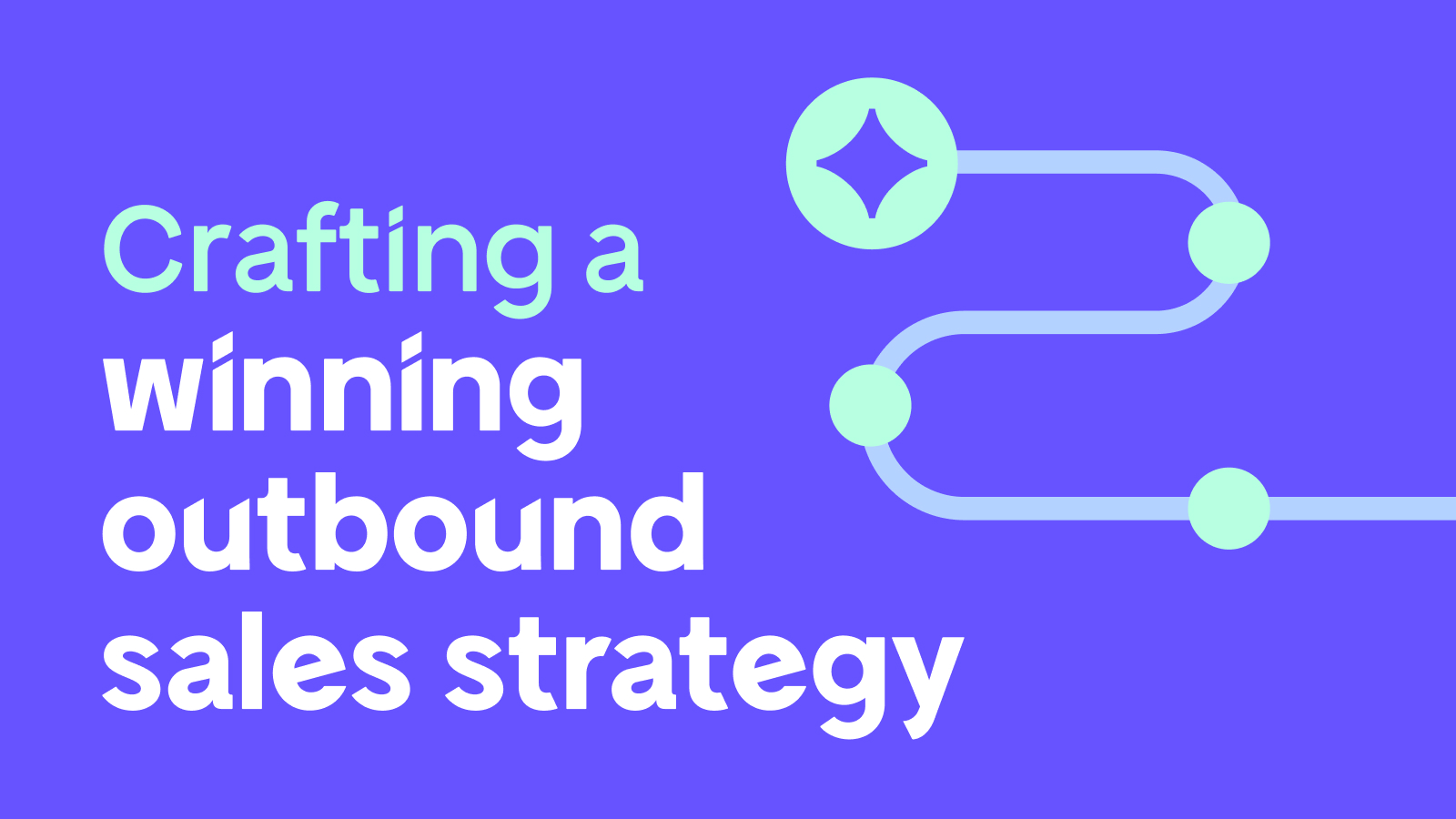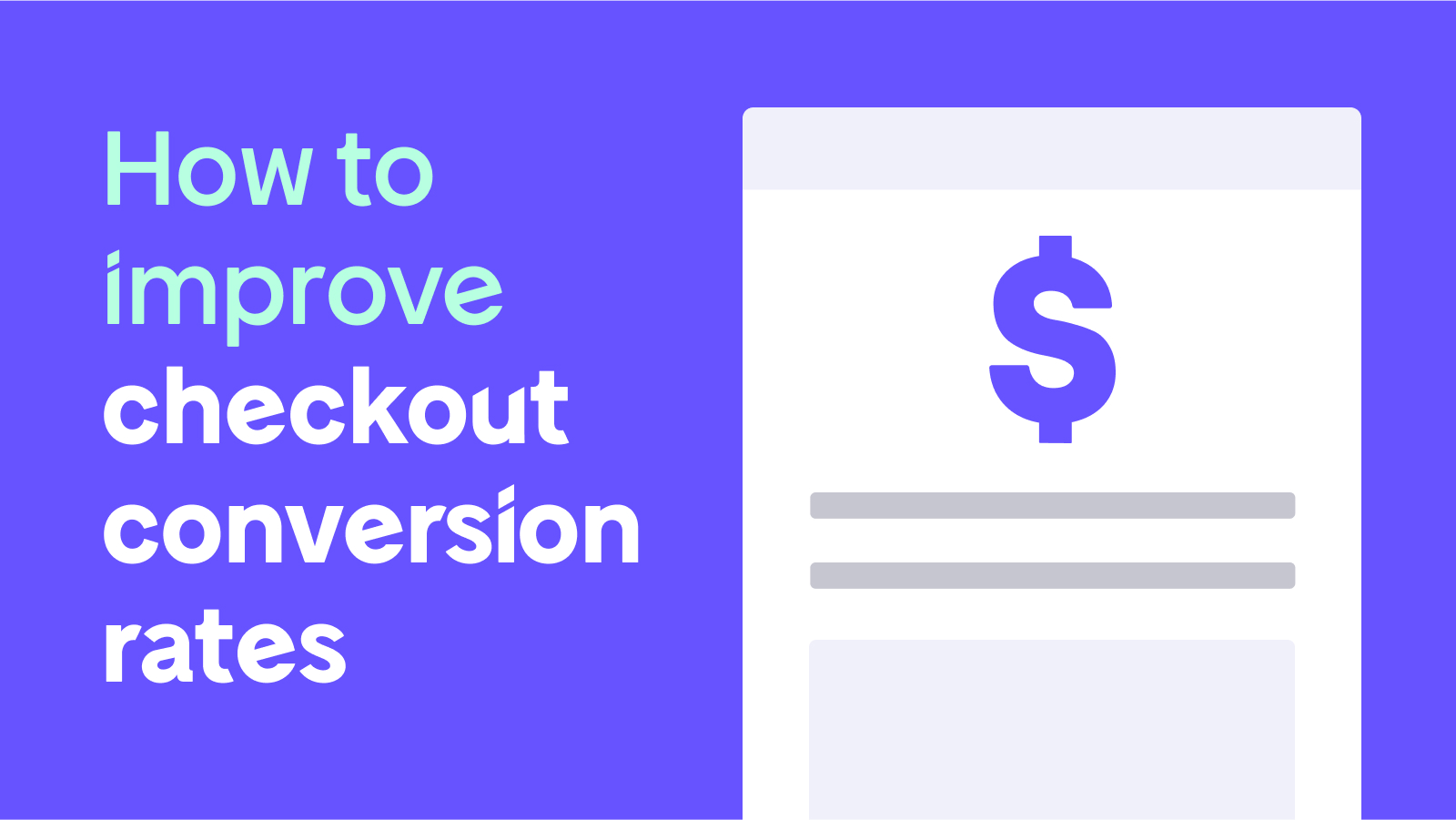|
|
Standing out in crowded markets can feel like an uphill battle — especially if you’re part of a small team or working solo with limited marketing resources. But there’s a way to rise above the noise and grab users’ attention: a well-defined unique selling proposition (USP).
Your USP isn’t just a catchy tagline; it’s the heart of your plugin’s identity. It’s the message that makes users say, “This is exactly what I’ve been looking for!”. When you communicate it clearly and intentionally, your USP becomes more than a statement — it turns into your competitive edge.

We connected with three experts in the WordPress ecosystem to explore how a unique selling proposition can differentiate your plugin and help drive its success.
- Laura Elizabeth: The founder of Client Portal, a plugin for agencies, schools, law firms, accounting firms, and coaches to provide clients with project tracking and file access at any time.
- Florian Daugalies: CEO and founder of several WordPress plugin and theme businesses, including ClickWhale. ClickWhale is a link management tool for affiliate marketers that lets users create, update, and track links from a single platform.
- Hadas Golzaker: Freemius’ Head of Brand and former Senior Brand Manager at Elementor.
Let’s take it from the top.
What is a Unique Selling Proposition (USP) for Plugins?
A USP is a clear, compelling statement highlighting your plugin’s unique features and how they solve user needs.
In other words: What is your magic ingredient or special sauce?
Beyond attracting the right users, Florian adds that a clear unique selling proposition is fundamental to your marketing and communications strategy. “It keeps your message consistent across all channels — from website copy to ads and onboarding — helping users recognize the value your plugin offers.”
By addressing your target audience’s pain points, a strong USP makes your product feel tailor-made for their needs, significantly increasing its appeal.
Furthermore, a well-crafted USP serves as a guiding light for future development. It ensures new features and updates reinforce the plugin’s core value, helping it remain relevant, memorable, and sought-after in saturated markets where users have many choices and limited time.
How to Create and Refine Your Plugin’s USP
In many ways, it’s like solving a puzzle. You start with raw insights about your audience and competitors. From there, you carefully arrange the pieces, refining the overall picture until your message has clarity and precision.
Know Your Target Audience
Understanding your audience is more than just gathering feedback; it’s also about empathizing with their struggles and tailoring your product to meet their exact needs. When you have a clear picture of who you’re building for, every decision — from features to marketing — becomes more intentional and impactful.
Instead of trying to please everyone, focus on a niche where your plugin has the potential to become the go-to solution.
Analyze Competitors
Competitor plugins and their USPs can help you identify gaps in the market.
“I focus on the one thing Client Portal does that no one else seems to address: preventing files from getting lost in email threads by providing a central location for users to find them,” Laura explains.
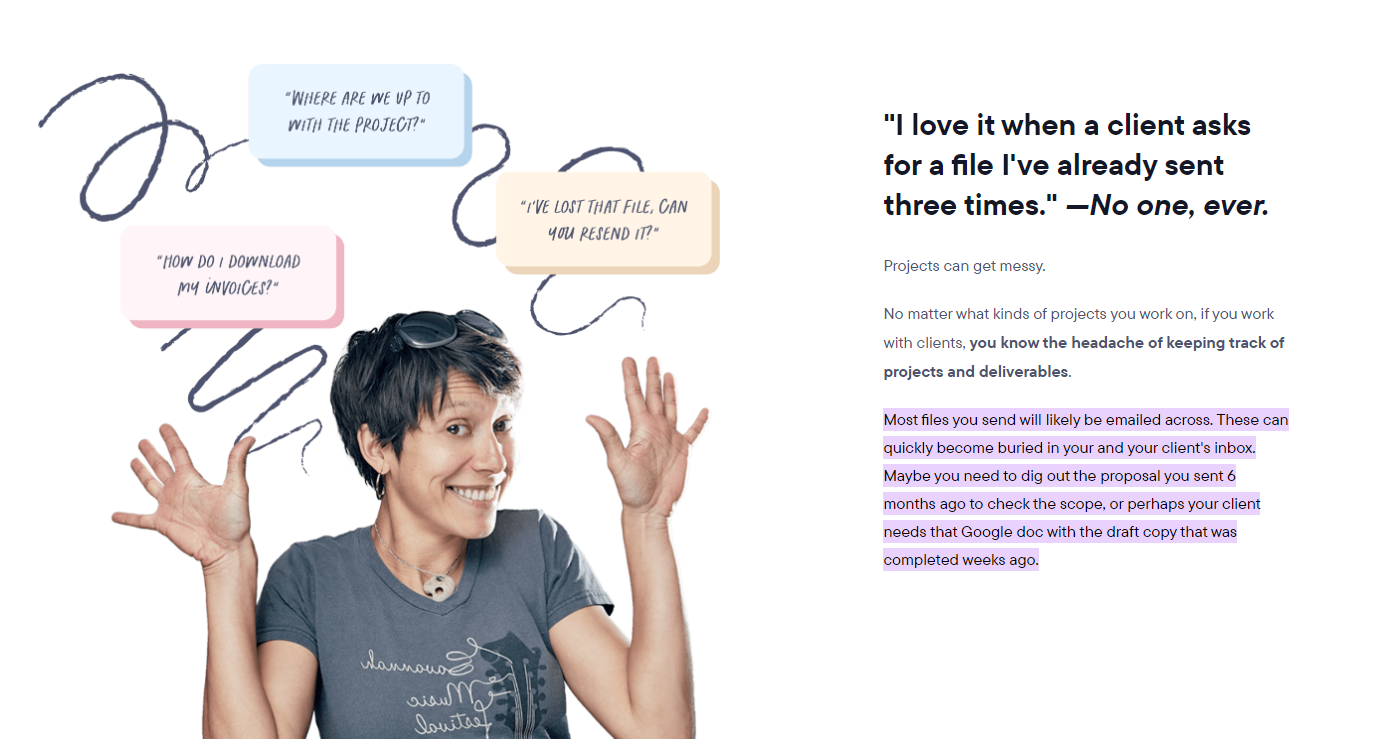
“While I do keep an eye on new competitors, I’ve noticed that when customers leave Client Portal, it’s usually because they need a full project management tool,” Laura says, highlighting the importance of understanding where your offering fits in the competitive landscape and what potential new features could grow its footprint.
Florian is quick to highlight the key features that differentiate ClickWhale: centralized link management and auto-linking. “Focus on what makes your solution faster, easier, or more efficient than the alternatives.”
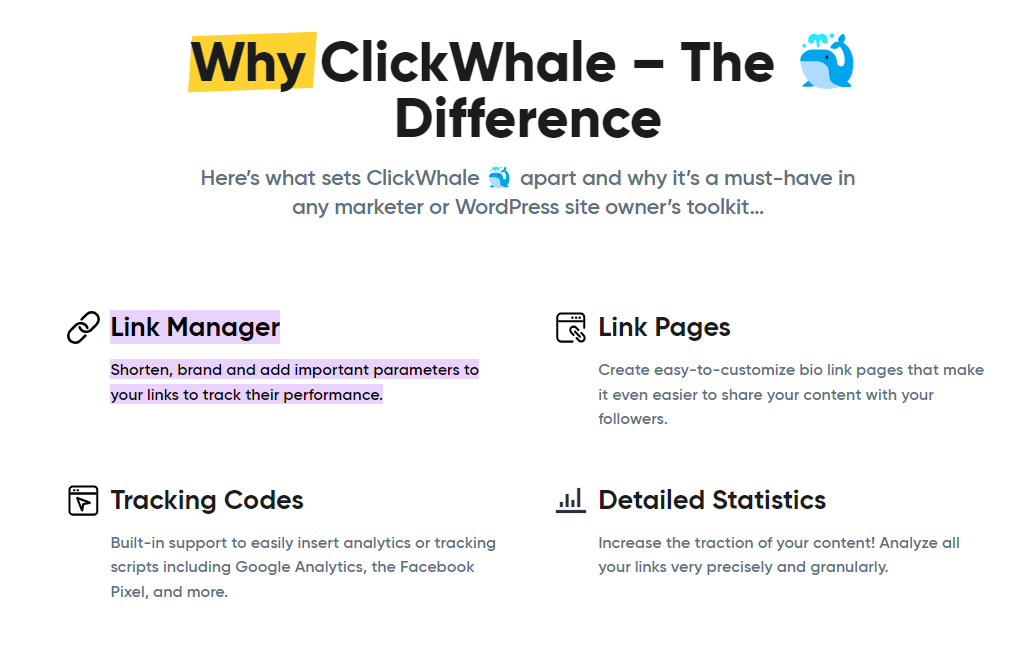
Refine Your Message
Once you align your plugin’s unique value with your audience’s needs, you can put pen to proverbial paper and craft a concise, compelling unique selling proposition.
Focus on clarity and simplicity, avoiding technical jargon that might confuse users.
“We emphasize how the unique aspects of ClickWhale benefit the user,” Florian explains. “For example, instead of merely stating ‘centralized link management,’ we highlight how it saves time, reduces manual updates, and ensures a seamless user experience by preventing broken links.
Benefits resonate more deeply with potential users than features alone.
Next, combine the strengths and benefits into a single, clear sentence. A strong USP should be concise and memorable.
“For instance, ClickWhale’s USP might be: ‘ClickWhale simplifies link management for affiliate marketers, allowing them to create, update, and track links from one centralized platform, saving time and maximizing revenue,’” Florian says.
This approach ensures your USP is not only clearly defined but also resonates with your target audience by directly addressing their specific challenges.
With your USP established, the next step is to ensure your branding amplifies it.
Branding: Championing Your Plugin’s USP Through Consistency and Emotion
Your plugin’s USP goes beyond words — it’s also about how your brand is expressed across different touchpoints. Strong branding supports and strengthens your USP, boosts visibility, and builds a deeper emotional connection with your audience.
“Consistency is key. It helps users recognize your product instantly,” Hadas explains. “Whether it’s colors, fonts, or tone of voice, maintaining harmony across channels creates a mental association with your brand, making it familiar and trusted.”
Hadas highlights four major aspects of branding that can reinforce your plugin’s USP.
Visual Consistency
“Using uniform design elements across your website, social media, etc. creates a seamless user experience,” Hadas explains.
For Freemius’ recent brand refresh, for example, we chose shapes and a primary color palette to reflect the stages of our software makers’ journeys in our logo: launch, grow, and scale.
- Launch, symbolized by pink, represents community — a warm, emotional foundation close to the heart, depicting the drive our software makers feel when launching a new product or company
- Grow shifts to purple, embodying innovation as the business takes its first steps, blending personal and professional qualities
- Scale is represented by a bold lilac color, symbolizing a fearless approach that combines a mature business mindset with a touch of creativity
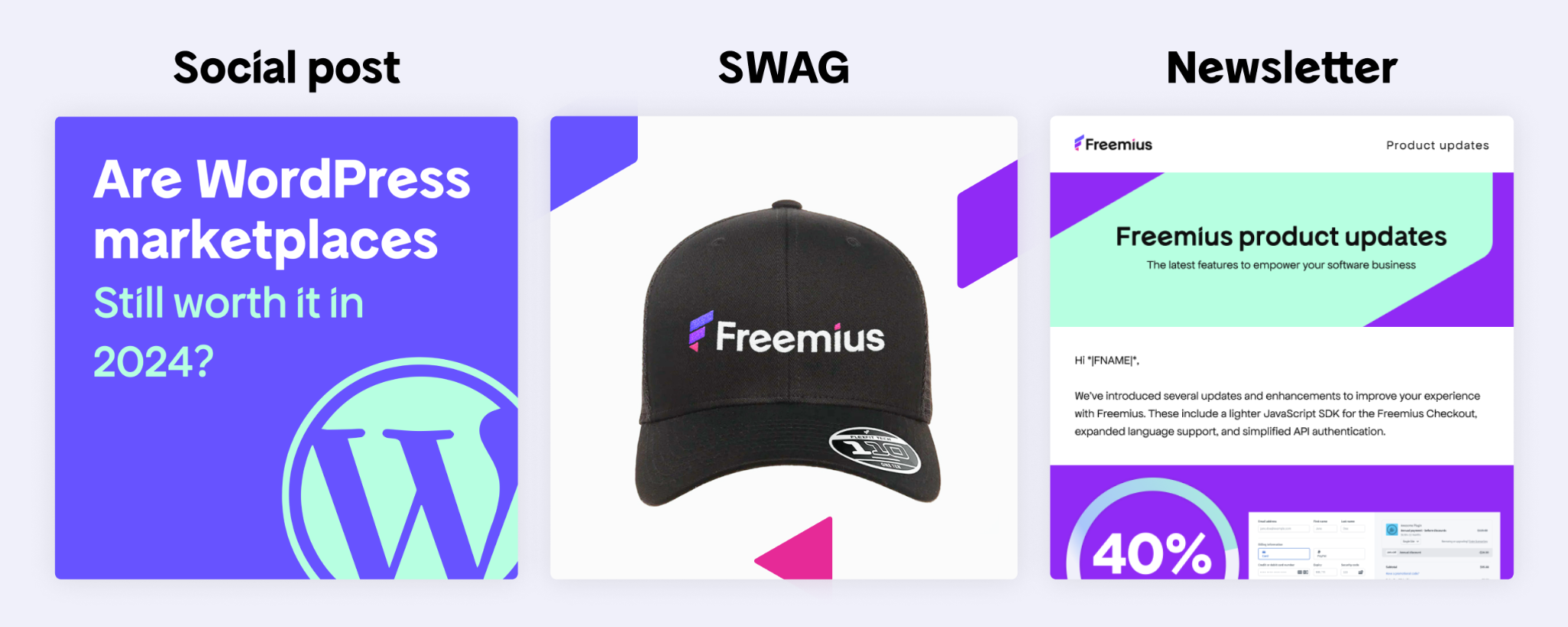
Hadas notes that even seemingly minor design elements, such as subtle layout adjustments or typography choices, can contribute to overall visual coherence. For instance, some companies establish sub-brands for their products, adopting unique colors and shapes that still subtly maintain consistency with the primary brand design language.
“A unified visual identity ensures your brand remains recognizable, even as your product line expands.”
Tone of Voice
Beyond visuals, your brand’s personality comes through in how you speak to your audience.
“If a software maker uses the same tone of voice across emails, social media, and customer support, users will immediately recognize the brand,” Hadas insists. “Think of Spotify or Mailchimp, whose tone of voice is instantly recognizable. It’s like hearing a familiar voice — it builds trust.”
Spotify’s 2023 year-in-review (or “Wrapped”) webpage showcases how the company connects with users on a personal level by curating a unique, visually captivating summary of each listener’s music year.
Even when shared by users on social media, the design and tone of Wrapped are so distinctively Spotify that they’re instantly recognizable, reinforcing the brand’s identity no matter who is sharing it.

An effective brand tone of voice is also strongly linked to knowing your target audience — talking to professionals in the financial sector is not the same as addressing clients in advertising agencies:
Secure, compliant, reliable — collaborative project management that streamlines workflows with advanced data protection and real-time compliance tracking, giving your team the tools to stay ahead in a heavily regulated industry.
Versus…
Spark ideas, fuel creativity, smash deadlines — easy-to-use project management tools that empower your team to collaborate across departments, manage multiple projects, and deliver standout campaigns on time, every time.
Guess which USP applies to which sector 😉
The Emotional Side
“Software makers can use branding to connect emotionally with their audience by being relatable and approachable. For example, using playful language, like a button that says ‘Click me for happiness’, evokes positive emotions and makes the user experience more memorable,” Hadas says.
But it goes deeper than that.
Emotional branding is powerful because it creates a strong connection with your audience that goes beyond logic. However, achieving this is challenging. It requires a careful mix of authenticity, creativity, and an understanding of their emotions.
This is where software makers can indulge in a little auto-biographical creativity 😉
Laura explains that sharing her journey as a freelancer allowed her to build a stronger connection with Client Portal’s users, making its USP resonate on a more personal, meaningful level.
“People could see I was creating something I could relate to, and because it was authentic, they bought into it too.”
Even today, Laura uses storytelling in her email marketing, sharing how Client Portal began:
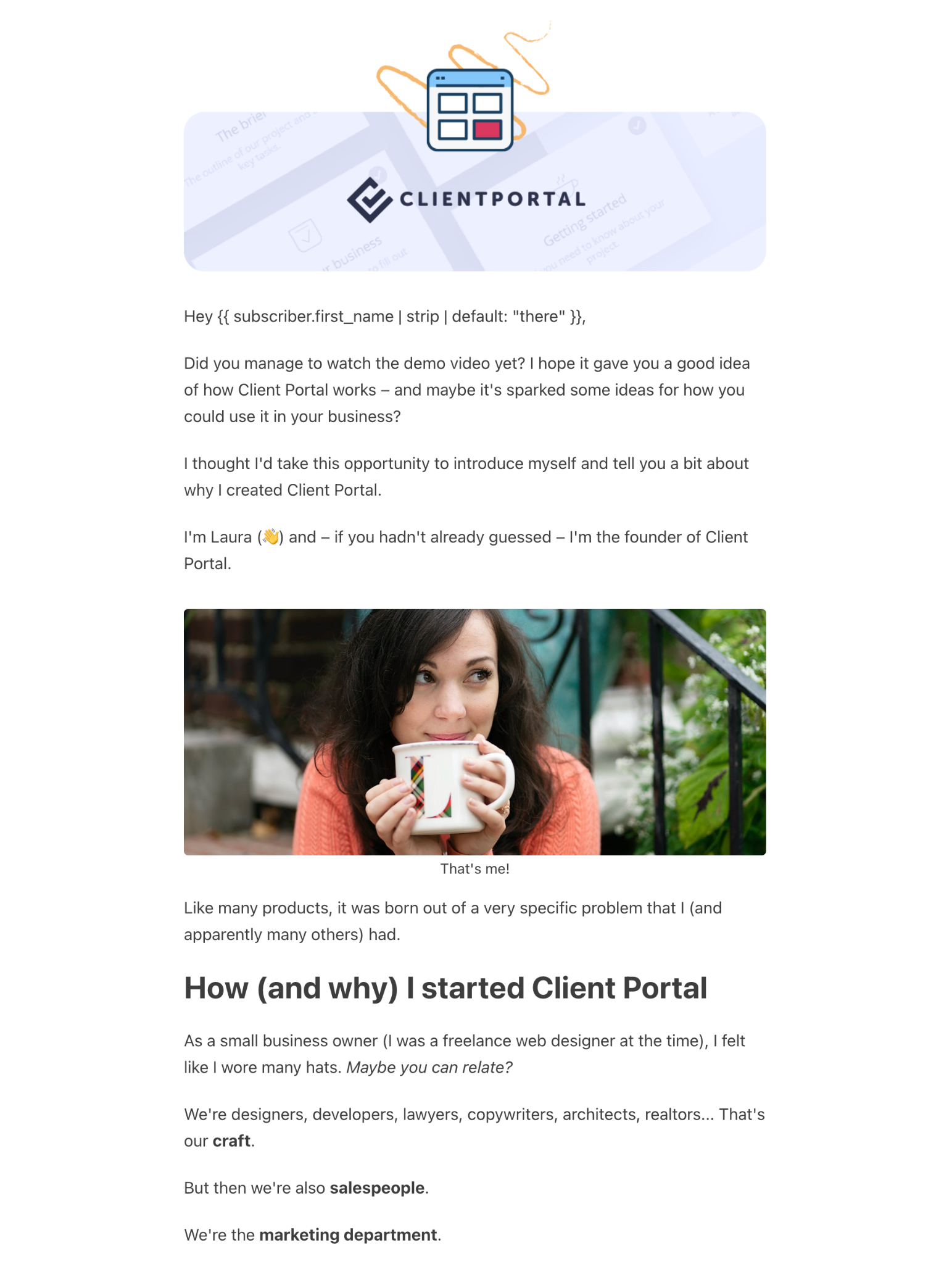
This personal touch builds trust and reinforces the emotional aspect of the brand’s USP.
Hands-on Experiences for Deeper Engagement
Interactive elements turn passive users into active participants, letting them experience your product’s unique value firsthand.
Florian offers a live demo environment so users can try ClickWhale on a fully configured WordPress website.
“This hands-on experience lets them see the benefits of centralized link management and automatic keyword linking in real-time,” he explains. Users quickly grasp how ClickWhale saves time and streamlines workflows, building trust before committing.
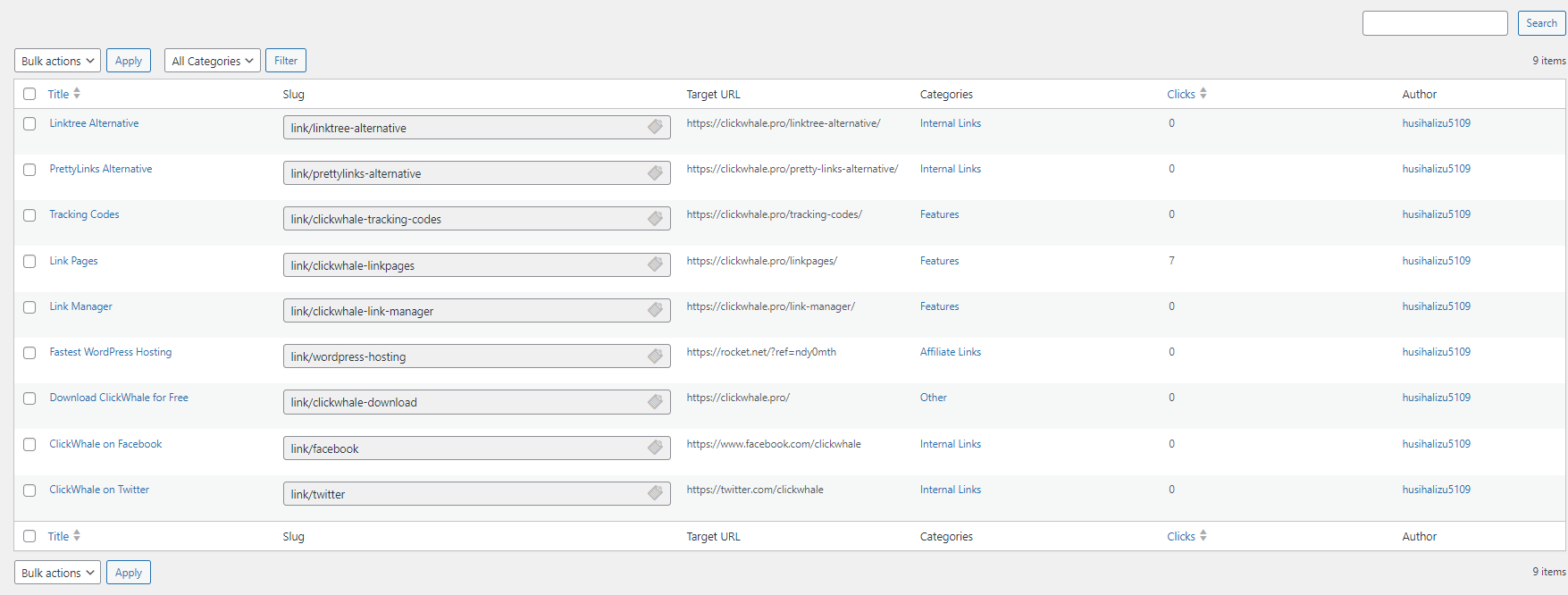
Similarly, Laura uses live group demos for Client Portal, allowing potential customers to ask questions and see the product in action.
She also incorporates video demos and animations on her website to visually explain how Client Portal works.

A video demo on Client Portal’s homepage
“Seeing the features in action — like how the branding can be changed — makes it easier for users to grasp the benefits,” Laura notes.
Branding gives substance to your plugin’s USP, but to stay aligned with evolving market trends and user needs, ongoing refinement is essential. To achieve this, tap into your most valuable resource — your customers.
Adapting and Iterating Your Unique Selling Proposition Through Case Studies and Customer Insights
A USP isn’t fixed; it’s dynamic and fluid and should evolve with feedback, market trends, and new insights.
The above is significant — software creators often get too immersed in their products to grasp the broader perspective, making external input invaluable.
By actively integrating customer feedback and real-world case studies, you can showcase practical use cases and continually refine your USP, emphasizing the benefits that resonate most with your audience at that moment in time.
Embracing USP flexibility ensures your message remains relevant as your product develops.
Insights from the Field: Case Studies
Engage directly with your customers and transform insights into compelling case studies that showcase how your plugin solves real-world challenges.
Laura and Florian agree assets like these are vital for defining (and re-defining) your plugin’s USP.
“When users reach out with positive feedback or share how a plugin has solved specific problems, software makers can identify recurring themes that highlight its most valuable features,” Florian says.
Laura shares a case involving an accounting firm that used Client Portal for hundreds of clients. Initially, she hadn’t considered this sector as a target audience. However, the case study showed that professionals in this field often handle many files that clients may need to access long after they’ve been shared.
“If you’ve ever dealt with accountants, you’ll know they send a lot of things,” she explains.
“For instance, when someone is buying a house, they may need specific documents buried in lengthy email threads. You’ll have to contact the accountant to see if they can resend. Suppose you need the documents by Monday — that’s really stressful.”
As a result, Laura placed more focus on this market segment, noting, “We’ve now added ‘Accounting’ to our homepage as one of our top customer bases.”
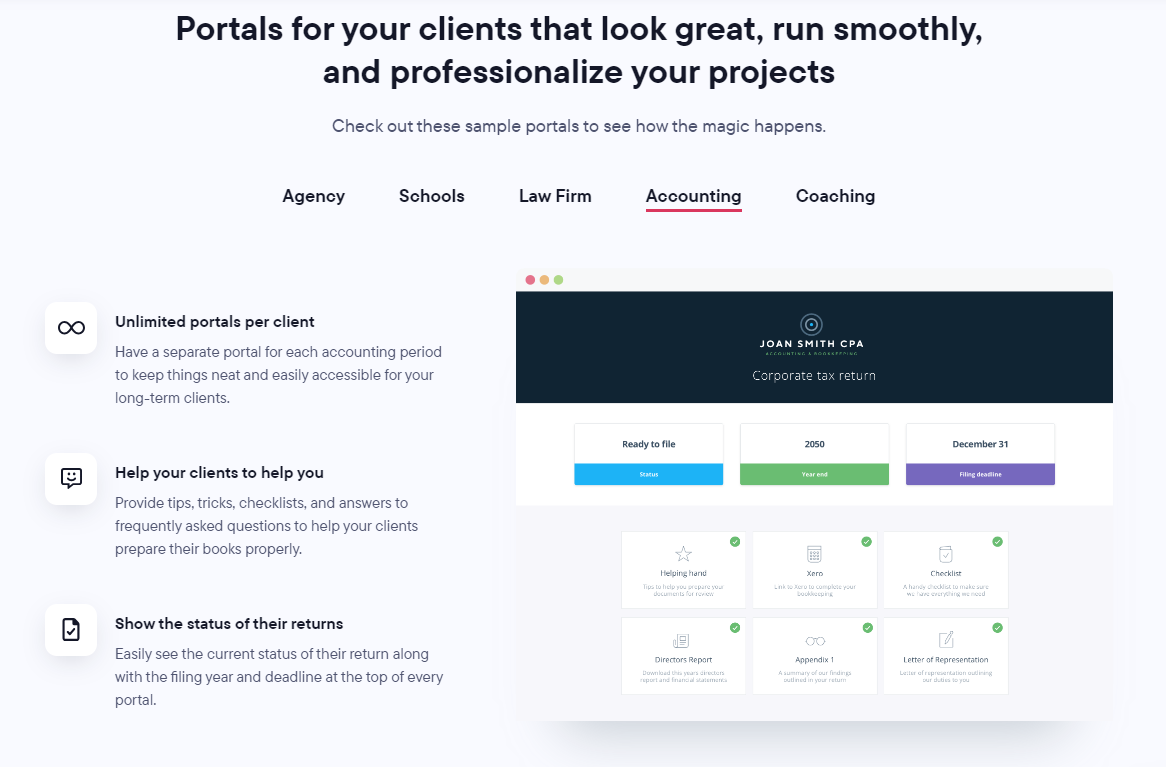
Gathering and Applying Valuable Customer Feedback
Engaging through surveys, support interactions, and community feedback lets users know their opinions matter. Open dialogue also provides ongoing insights that may unearth aspects of your product you weren’t aware of.
Florian sees significant benefits from tracking user engagement.
“Conversion rates from our website and demo sign-ups indicate how well our messaging is resonating,” he explains. By monitoring how users interact with key features and gathering feedback through the Freemius Developer Dashboard, his team can refine the product’s unique selling proposition based on actual user preferences. “I encourage users to share their feedback and ideas,” he adds. “This ongoing communication helps refine products based on real experiences.”
Laura, who doesn’t rely on specific metrics, focuses on customer sentiment.
“I do surveys and look at customer emails in the support inbox to make sure our USP is still relevant,” she shares. Her qualitative approach ensures Client Portal stays aligned with user needs. Laura also maintains a “swipe file” of customer feedback, which helps her incorporate real user language into her messaging, making it more relatable.
And don’t discount the value of A/B testing different USPs to hone in on messaging that truly hits the mark:
Florian tested different homepage versions for ClickWhale, finding that time-saving messaging performed better than technical feature descriptions. “This resulted in higher conversion rates and more demo sign-ups,” he notes.
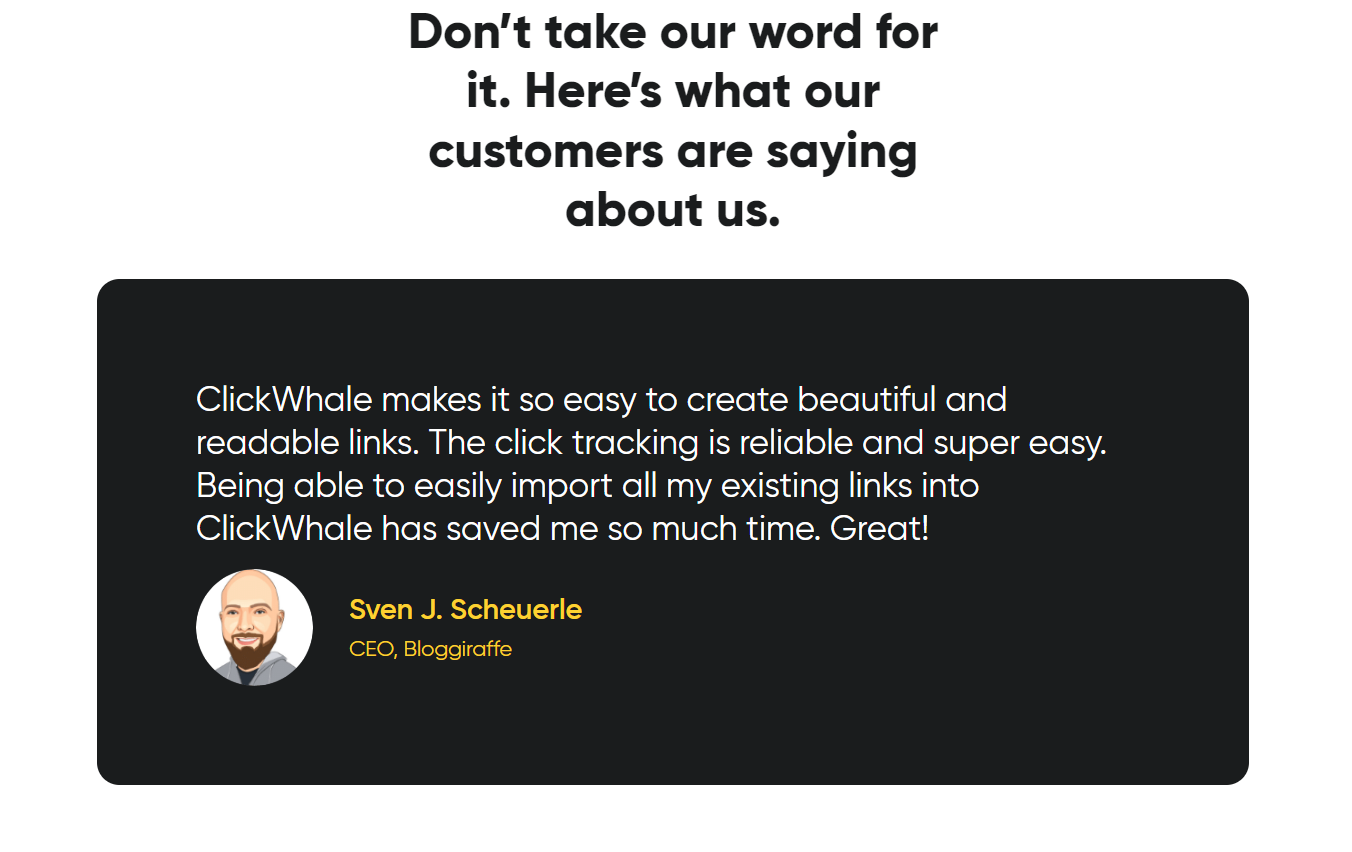
A USP is forever fluid, and honing your messaging through real-world feedback and customer insights keeps it relevant and impactful. But equally important is ensuring it reaches the right audience.
Choosing Communication Channels
To get your unique selling proposition out into the wild and make it connect, you need to meet your audience where they’re most active and engaged, turning those touchpoints into opportunities to showcase what sets your product apart.
Focus on the Right Platforms
Hadas recommends channels that align with your brand and audience. “If you’re a small team, focus on one or two platforms to maximize your presence,” she suggests. For the WordPress community, platforms like X are particularly effective.
Engaging with regular users — rather than just industry leaders — can provide insights into your audience’s interests and needs. “Understanding what your audience is discussing helps you communicate in a way that resonates with them,” she advises.
She also encourages experimenting with different platforms — for example, Reddit — and being open to trial and error. “Not everything will work at first,” she warns. “You might blabber about various topics until something clicks, revealing the content that truly engages your audience.”

Florian says: “It may sound boring, but our website works best and gives us the most flexibility as a channel.” If you’re struggling to get traffic to your website, Florian recommends building an email list through free downloads, allowing for ongoing education about the plugin’s features and increasing the chances of conversions down the line.
The Power of Digital PR
Collaborating with influencers and educators in your niche can greatly increase your plugin’s visibility, as joint webinars and trusted endorsements significantly impact audience reach.
This is where digital PR comes into the picture. It connects you with influential people and publications that appeal to your target market through social media, podcasts, and niche media.
In this episode of Freemius’ podcast, plugin.fm, Rand Fishkin shares strategies to help you get started:
- Find your champions: Identify journalists and influencers who resonate with your audience by researching industry publications, networking at events, and utilizing tools like SparkToro.
- Build relationships, not just links: Establish genuine connections by engaging with journalists’ content and personalizing your outreach, increasing the chances that your pitches will stand out.
- Use free and powerful PR tactics: Participate in online communities, repurpose content for shareability, accept interview invites, and explore co-marketing partnerships to amplify your presence without heavy investment.
- Hire a consultant or agency: If your budget allows, consider hiring a PR consultant or agency with niche experience, as they can provide valuable insights and tactics that yield significant ROI while allowing you to focus on product development.
Subscribe and grab a free copy of our WordPress Plugin Business Book
Exactly how to create a prosperous WordPress plugin business in the subscription economy.

Why Your USP is Your Secret Weapon
Your USP clearly defines what sets your plugin apart from the rest. It’s not just a statement: it’s a strategic tool that drives your communications and marketing efforts.
It lets you spotlight the unique value your plugin brings, making it crystal clear why it’s the go-to choice for potential users. By weaving your USP through every marketing and promotional channel, you’ll not only draw in new users but also cultivate lasting trust and loyalty with your current customers.
If you’d like to get more insider information and tips on crafting a USP for your plugin, drop us a DM on X.

